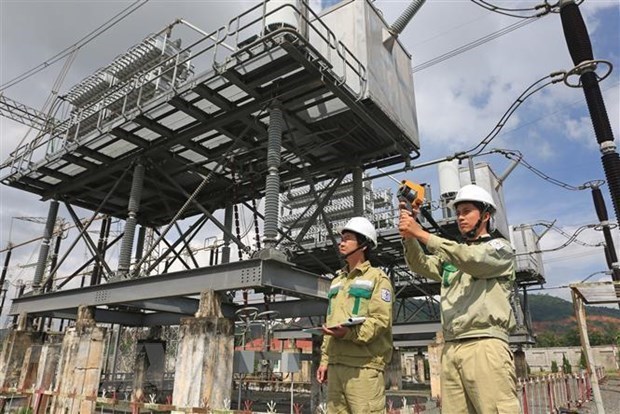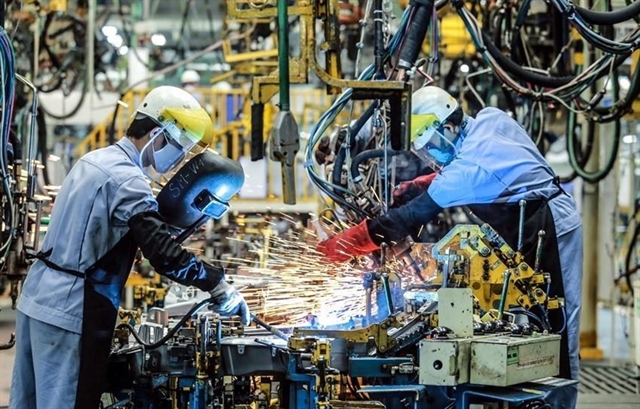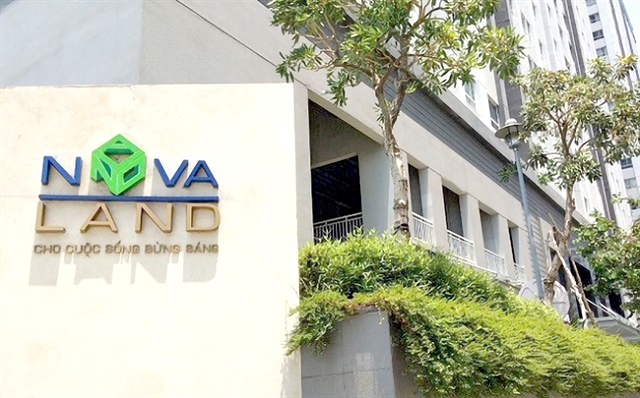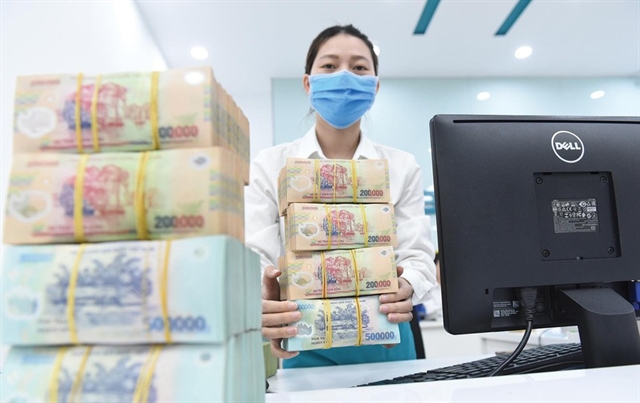
HÀ NỘI — A number of banks at the end of July reported significant increases in H1 profits on strong credit growth despite pressures from the coronavirus pandemic.
Vietcombank earned more than VNĐ14.5 trillion profit in the first six months, a year-on-year rise of 38 per cent, making up for 58 per cent of the bank’s target. However, it said that the profits in the remaining months would largely depend on rate cuts in an effort to support virus-hit customers.
Thirteen other banks, which already announced financial reports for the second quarter, earned a total profit of more than VNĐ30 trillion in the first half.
These included Techcombank, MB, TPBank, OCB, SeABank, ABBank, Kienlongbank, Viet Capital Bank, Vietbank, PGBank, Saigonbank and NCB, but not the 'big four' banks (Vietcombank, BIDV, Agribank and Vietinbank) which account for more than 50 per cent of total credit in the economy.
Some saw huge increases in profits such as VietCapital Bank with a 440 per cent increase to VNĐ337 trillion, Kienlongbank by 400 per cent to VNĐ805 billion, NBC by 400 per cent to VNĐ125 billion and SeAbank by 130 per cent to VNĐ1.55 trillion.
Kienlongbank said that the profits mainly came from interests and services fees.
Deputy Governor of the State Bank of Việt Nam Đào Minh Tú said that the profit figures were not final, adding that bank profits would not be fully clear until the end of the year.
Nguyễn Quốc Hùng, general secretary of the Việt Nam Banking Association, said bank profits must be understood properly, objectively and comprehensively.
He pointed out that credit institutions had improved their governance and financial capacity through increasing their charter capital, ensuring capital adequacy ratio in accordance with Basel II banking rules.
Credit institutions also invested in information and technology and enhancing reforms to reduce costs, coupled with the development of digital banking and e-payments, which helped increase demand deposits.
Nguyễn Xuân Thành, manager of the Fulbright Economics Teaching Program, said that good banking operation in the pandemic should be viewed positively. It was the first time macro-stability and the health of the banking and financial sector were maintained in the crisis, he said, adding that credit institutions also made significant contributions to the State budget.
Thành, however, called for a close watch of credit growth and inflation to prevent whopping rises which might threaten the banking system’s safety. Banks should focus on renovating governance and ensuring international standards about risk management, he added.
Financial and banking expert Nguyễn Trí Hiếu said that the strong increases in bank profits were mainly attributed to good credit growth, which was at 5.47 per cent in the first half of this year, and low risk prevention costs as the central bank maintained debt classifications to support virus-hit customers.
According to economics expert Cấn Văn Lực, if the interest rate were reduced by one percentage point by the end of this year, bank profits could decrease by around VNĐ45 trillion in the second half.
Several banks recently reduced rates to support virus-hit customers.
Maritime Bank cut lending rate by up to three percentage points per year. VIB cut rate by an average of 1.5 percentage points for more half its 8,500 customers, while TPBank lowered rates by 0.5-1.2 percentage points for enterprises.
HDBank, MB, ACB, Sacombank, Vietcapital Bank, Vietcombank, BIDV and Vietinbank also cut lending rates by around one percentage point.
Reducing lending rates coupled with extended credit room were expected to promote credit growth in the remaining months of this year, with credit anticipated to slow as enterprises were hit by the pandemic.
A recent survey by the State Bank of Việt Nam showed that credit institutions forecast credit growth to expand at 4.7 per cent in the third quarter, and 13.1 per cent for the full year, lower than the rate of 14.7 per cent in a previous survey, over worries about the unpredictable impact of the pandemic.
BIDV Securities Company said that lowering lending rates would affect bank profits but extending credit room could make up for the reductions.
According to Lực, credit growth between 10 per cent and 15 per cent this year was appropriate.
The State Bank of Việt Nam recently approved credit room extensions for several banks, signalling that priority would be given to credit institutions that reduced lending rates to support businesses and people to overcome the impact of the pandemic. — VNS
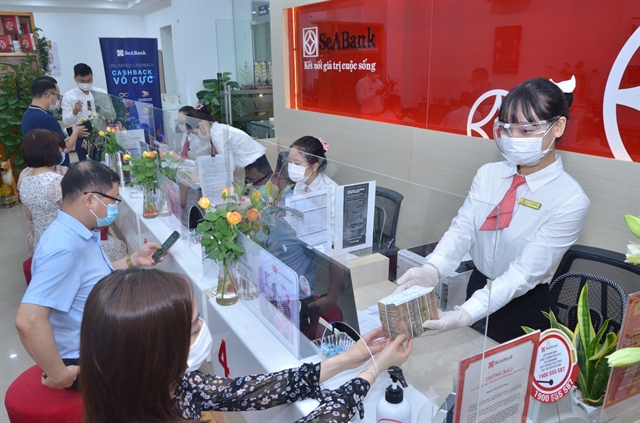

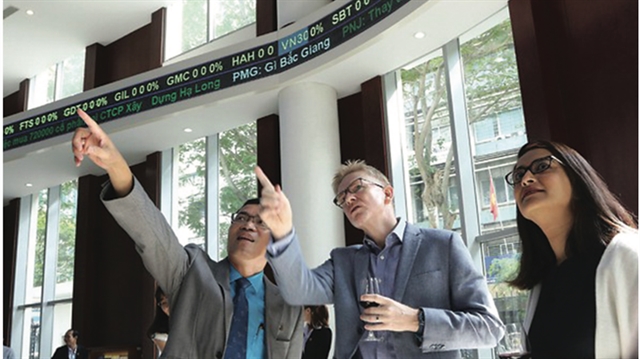


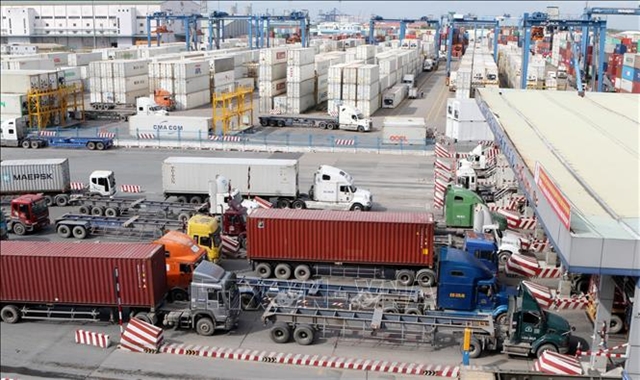
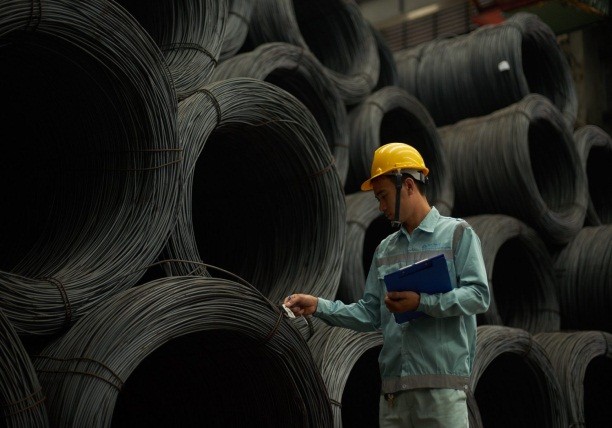
.PNG)

